When people ask me what the key ingredients are for running a successful coaching programme or being successful with a team or group of players then I always talk about “The Big Three”. Getting the Big Three right sets you up for success…sooner or later.
By Tjitte Weistra, Badzine Special Columnist. Photos: Badmintonphoto
1. Coaching Philosophy
Why do you coach? What do you believe in? A coach must have a very strong coaching philosophy and must be able to connect with that philosophy every day. The players you coach need to understand your philosophy and they too need to connect with it. A coach with a strong coaching philosophy will display passion and be motivated to help players in every way they can.
Ideally you can put your philosophy into words and write it down so it becomes almost a tangible resource for your daily activities. It may take time to convert your philosophy into words. I took me quite some time, as a coaching philosophy gets created mainly through a large number of experiences, both positive and negative.
Key questions to ask yourself: Why do I coach? What do I believe in? Does this transpire into my daily approach to coaching?
2. Environment
If players had the opportunity to describe the environment in which they train every day or several times per week what would you want them to say? I don’t believe that coaches and players have to be friends; on the contrary, I think they shouldn’t be, but there needs to be a relationship which does extend beyond the badminton court and the gym.
Players need to know/feel that as a coach, you show a genuine interest in their “off-court” life and the challenges they face. Players needs to know that every time they step into the badminton stadium that you, the coach, are happy to see them and that you are ready to make a difference in their development as an athlete and as a person each single day. Athletes only grow as athletes if they grow as persons and as a coach you play a crucial role in their development both on and off the court.
So without being their closest friend, you are the go–to person when they have problems because they can trust you and they value your opinion.
Key questions to ask yourself: Am I setting an environment in which players are challenged and motivated? Does the environment foster personal development? Do players feel they can come and talk to you?
3. Pathway
Players who cannot see a pathway are likely to drop out. A pathway needs to be clear, visible and tangible. Goals determine a pathway and a pathway sets the journey towards those goals. If the pathway is not clear, then players can become frustrated or bored.
It is crucial that players know how the pathway works and what they need to do to move up the pathway. A pathway also requires transparency so players know when coaches are evaluating players and are making changes to their selected squads / teams. Players who do not understand what the criteria or reasoning is behind selection are likely to drop out as well because they get frustrated.
Key questions to ask yourself: What is the pathway within the coaching programme I run or the coaching programme I’m part of? Is the pathway visible to players, is it written down on paper and displayed? Do players understand the pathway? Is the pathway being applied using a transparent process?
![COACH’S NOTEBOOK – The Big Three When people ask me what the key ingredients are for running a successful coaching programme or being successful with a team or group of players then I always talk about […]](http://www.badzine.net/wp-content/uploads/Newsflash-thumbnail.png)
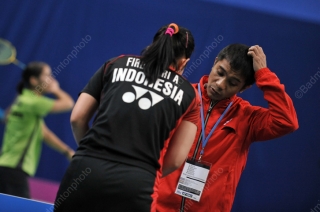
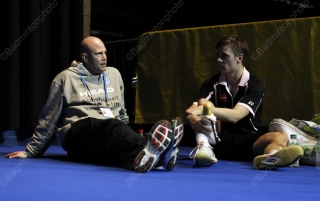
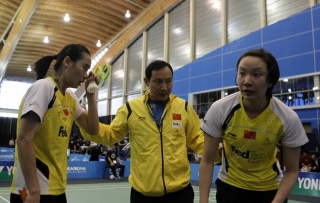
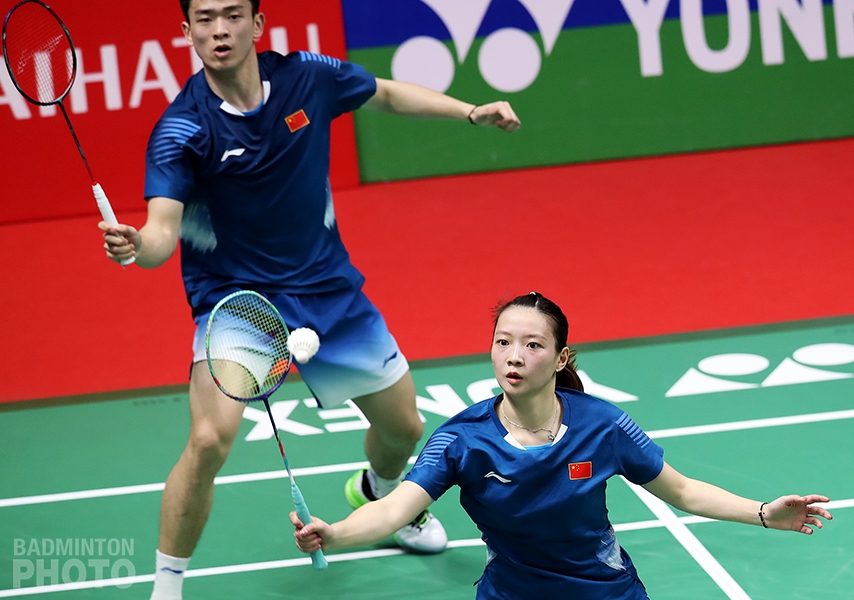
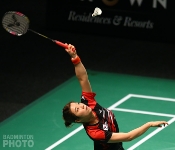
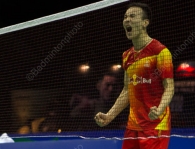
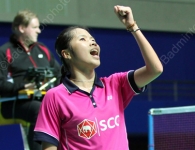
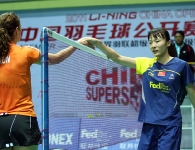
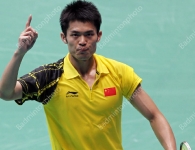
Leave a Reply